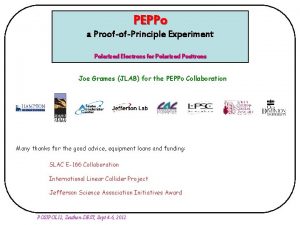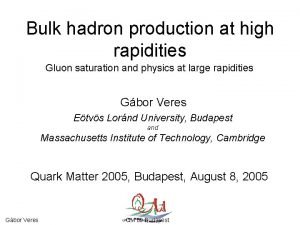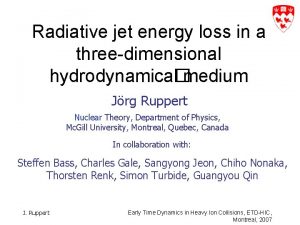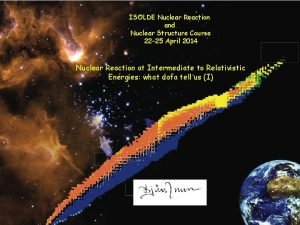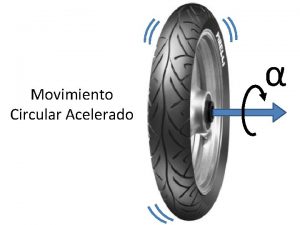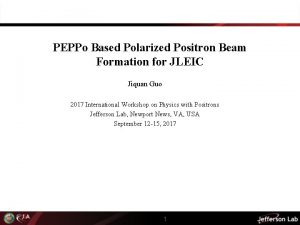PEPPo Polarized Positron Production Phys Rev Lett 116




- Slides: 4

PEPPo : Polarized Positron Production Phys. Rev. Lett. 116 214801 (2016) APS Focus Article Editor’s Suggestion 1 For these data we had at 4 Me. V yield of ~10 -5 e+/e-

High Impact Potential – Based upon JLab expertise in polarized electron beams CEBAF - NP § Jefferson Lab Positron Working Group (JLAB-PWG) formed in 2016 § 120 members (>90% are JLab Users) and 39 Institutions § Letter of Intent “Physics Program with Positron Beams at CEBAF 12 Ge. V” to PAC 46 (2018) § “These measurements all have significant physics interest. ” § Jefferson Lab Accelerator Advisory Committee, November 2018 § Two recommendations (R 27 and R 28) to assess conceptual design EIC - NP § Enables new probe for flavor/amplitude separation § Standard Model (2 g/DVCS, neutral/charged current DIS) § Beyond Standard Model (PVDIS, Right handed W boson, SUSY) LEPTON COLLIDERS - HEP § New interest expressed at LCWS 2018 to consider PEPPo for conventional source at ILC § New research topic on polarized positron production proposed to US-Japan HEP collaboration LOW ENERGY SCIENCE – BES/NSF § Invited talk at International Conference of Positron Annihilation 2018 § Community has interest to have new US facility providing intense polarized positron beams 2

Ph. D quality research that can be performed at the UITF Polarization Transfer Experiments • Test single-converter thickness – complete an original PEPPo goal to benchmark polarization transfer on target thickness (affects EM shower and spin-filtering of low-E positrons) • Test double-converter design – test original PEPPo design to separate gamma converter “beam dump” and generate positrons in a second “quiet” target (only photons go in). • Develop Compton transmission polarimeter at UITF – measure longitudinal spin polarization of electrons or positrons readily, using CEBAF Mott as a basis for calibration Target and Yield Experiments • Build our first positron collection beam line – learn how to optimize collection and manage beam power at target for useful cw re-acceleration (i. e. we don’t need to re-accelerate, but rather measure distributions transverse/longitudinal). • Test high power targets (at low power!) – composed of moving or composite materials such as liquid lead bismuth targets already developed for JLab in SBIR-II. Physics Experiments • Do Physics – Bowling Green State University to use polarized gamma and polarized positrons at Me. V energies (unmoderated) to study magnetic nanostructures and bulk magnetic properties. 3

Beam Requirements at the UITF Parameter UITF e- Beam Comment Energy 1 -10 Me. V OK if dp/p is high Intensity 1 -10 u. A >10 u. A OK for “high-power” targets Rep Rate 750 MHz (or sub) 62. 5 MHz useful for To. F Duty Factor Any CW preferred Spin Polarization Typical >80% Tests w/ low- or no-P OK Helicity Reversal Typical 30 Hz Faster clock for noise measurements We retained many useful components from PEPPo, and gained useful experience for next measurements. 4
